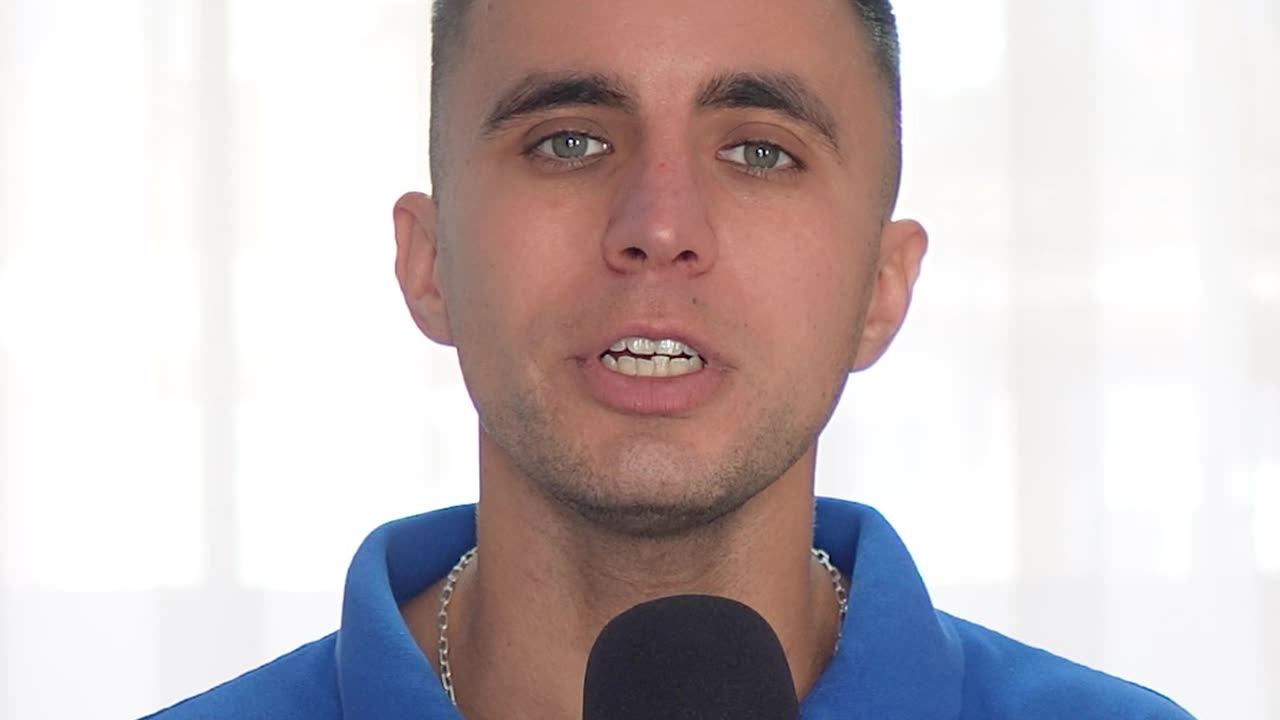Premium Only Content

What causes Myopia?
Myopia, commonly known as nearsightedness, is a refractive error of the eye that causes distant objects to appear blurry while close objects can be seen clearly. This condition occurs when the eyeball is too long in relation to the focusing power of the cornea and lens of the eye. The exact cause of myopia is not fully understood, but several factors are believed to contribute to its development:
Prolonged Near Work: Engaging in activities that require close-up focus for extended periods can strain the eye muscles. This continuous strain might contribute to the elongation of the eyeball over time, leading to myopia. The exact mechanism by which near work affects the growth of the eye is still under study.
Changes in Eye Biomechanics: Research suggests that alterations in the biomechanical properties of the cornea and sclera (the white outer layer of the eye) may influence the development of myopia. Changes in these tissues can affect the eyeball's shape and, subsequently, its ability to focus light properly on the retina.
Hormonal and Systemic Factors: Some studies have explored the role of hormones and systemic factors in the development of myopia. Hormones such as dopamine and melatonin, which are involved in the regulation of eye growth, may influence the progression of myopia. Additionally, conditions like diabetes and certain connective tissue disorders can impact the structure of the eye and contribute to myopia.
Nutritional Factors: Diet and nutrition may play a role in the development of myopia. Adequate intake of nutrients like vitamin D and outdoor activities, which provide exposure to natural sunlight, have been suggested to have a protective effect against myopia. However, more research is needed to fully understand the relationship between nutrition and myopia.
It's important to note that while these factors are associated with myopia, the condition is complex and likely results from a combination of genetic and environmental influences. Myopia often begins in childhood and can progress during the adolescent years when the eyes are still growing. Regular eye examinations, especially for children with a family history of myopia, are crucial for early detection and appropriate management of the condition.
-
 1:51:06
1:51:06
Redacted News
2 hours agoTrump Rolling Out $2,000 STIMULUS Checks in 2025 as the U.S. Economy Flashes RED | Redacted News
120K93 -
 LIVE
LIVE
Dr Disrespect
7 hours ago🔴LIVE - DR DISRESPECT - ARC RAIDERS - THE VENATOR SLAYER
1,471 watching -
 13:26
13:26
Cash Jordan
1 hour agoChicago "RIOTERS" Get CRUSHED... Mayor FREAKS as 'Imported Mob' HAMMERED BY MARINES
13 -
 DVR
DVR
vivafrei
4 hours agoOstrich Farm Update w/ Chris Dacey; Jan. 6 Pipe Bomber IDENTIFIED? w/Kyle Serraphin & MORE!
59.8K37 -
 LIVE
LIVE
The Amber May Show
4 hours agoShutdowns, Shakeups, and 50-Year Mortgages | Sam Anthony
60 watching -
 LIVE
LIVE
StoneMountain64
5 hours agoBattlefield REDSEC $100k tourney tomorrow
70 watching -
 LIVE
LIVE
GritsGG
3 hours ago#1 Most Warzone Wins 3957+!
39 watching -
 2:00:02
2:00:02
The Quartering
4 hours agoDemocrat Civil War After Collapse, Viral Wedding Ring Insanity, New Trump Pardons & Huge Trans Ban
155K62 -
 LIVE
LIVE
ZWOGs
3 hours ago🔴LIVE IN 1440p! - ARC RAIDERS! Grinding XP and Upgrades! - Come Hang Out!
44 watching -
 LIVE
LIVE
Meisters of Madness
1 hour agoNinja Gaiden 4 - Quest for The Master Difficulty
24 watching